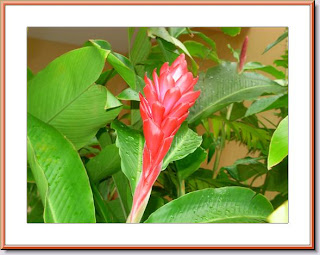 The value of foliar feeding was proven many years ago by Michigan State University. A project partially funded by the (then) Atomic Energy Commission used radioactive tagged nutrients to prove that a plant can feed through the leaves. In fact, the tests proved that it was 8-10 times more effective to foliar feed a plant with respect to the a to the amount of nutrients utilized, and the speed with which those nutrients were utilied. In my opinion, foliar feeding is by far the best approach to insure maximum growth, yields, and quality by overcoming limitations of the soil and its ability to transfer nutrients into the plant.
The value of foliar feeding was proven many years ago by Michigan State University. A project partially funded by the (then) Atomic Energy Commission used radioactive tagged nutrients to prove that a plant can feed through the leaves. In fact, the tests proved that it was 8-10 times more effective to foliar feed a plant with respect to the a to the amount of nutrients utilized, and the speed with which those nutrients were utilied. In my opinion, foliar feeding is by far the best approach to insure maximum growth, yields, and quality by overcoming limitations of the soil and its ability to transfer nutrients into the plant.The best time to foliar feed is between 7:00AM and 10.00AM or after 5:00PM. These are the periods when the stomata( small pores in the leaf bottoms) are open. However, if the temperature at 7AM is degrees or above, the spray will have little effect. The optimum temperature is about 72 degrees. If the weather is extremely hot and dry, you may have to spray between 2-4 AM.
Most foliar sprays should contain small amounts of Nitrogen to act as an electolyte to carry nutrients into the plant. A small amount of Phosphorous is also recommended for internal circulation.
The pH of a foliar spray should be between 6.2 and 7.0 whenever possible. As a rule, sweeter (alkaline) sprays are needed for young plant growth, and sour (acid) sprays are needed for the second, or "production" stage of development. Unless you use specifically formulated sprays, the easiest way to adjust pH in a spray is to add baking soda to make it sweeter, or vinegar to make it sour (more acid).
If the spray was effective, visible results will usually be seen in 48 hours. Results can be detec ted with a refractometer in as little as 4 hours. If spray was applied improperly and simply fell to the ground, results may delayed up to two weeks.
Foliar feeding is sometimes used in organic gardening by those who, in their effort to "feed the soil", keeping it naturally healthy.
Read More: Lawn Care Garden Fertilizer




No comments:
Post a Comment